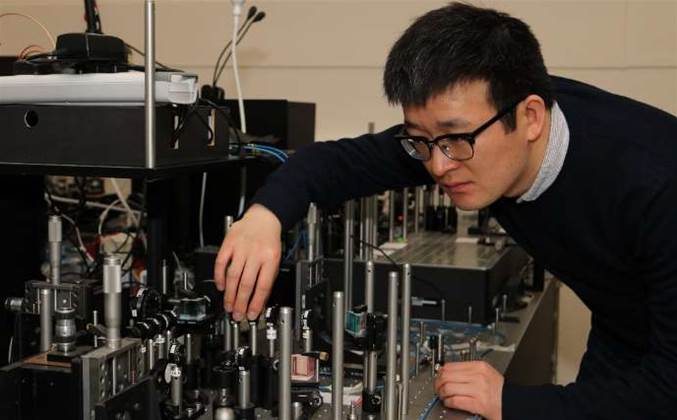Researchers from the University of Western Australia and the University of Bristol have demonstrated a new methodology for performing algorithms using a quantum computer, which the university claims could potentially be used in a future supercomputer.

In a research paper published in the journal Nature, the researchers presented their quantum circuits for sampling a particular form of quantum walk known as a CTQWs (continuous-time quantum walks) on a K4 cyclic graph.
A quantum walk is the quantum counterpart to a “random walk”, which is the mathematical formalisation of the way in which a randomly-moving object travels away from its initial starting point.
Algorithms based on quantum walks are potentially useful for tackling a range of problems such as database search, graph isomorphism and network analysis, as well as for modelling nuclear magnetic resonance or fibre optics.
The joint UWA quantum computation group and University of Bristol team conducted a proof-of-principle experiment using a two-qubit photonics quantum processor to simulate the CTQW output state of the cyclic graph.
The researchers demonstrated that their setup provides an exponential speed-up in sampling when compared with a non-quantum computer.
UWA’s school of physics PhD student Thomas Loke said the research was the first of several experimental simulations of the new method.
“The software I developed allowed the research team to test quantum walks and complete a complex algorithm on the computer, providing evidence that even an early prototype of the quantum computer can do more than a traditional computer,” Loke said.
“Building a large-scale quantum computer is one of the biggest global engineering challenges and this research has brought us one step closer in this significant advancement for global technology.”
Publication of the cutting-edge research comes less than a month after the Centre for Quantum Computation and Communication Technology (CQC2T) opened a new facility at the University of NSW



.png&h=140&w=231&c=1&s=0)
_(22).jpg&h=140&w=231&c=1&s=0)
_(20).jpg&h=140&w=231&c=1&s=0)





 iTnews Executive Retreat - Security Leaders Edition
iTnews Executive Retreat - Security Leaders Edition











_(1).jpg&h=140&w=231&c=1&s=0)



